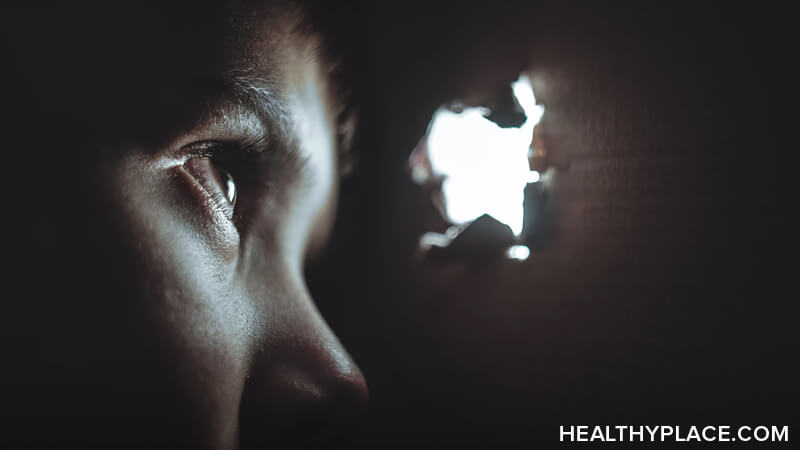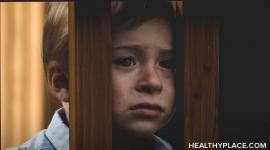DMDD and Autism: How Are the Two Related?

Disruptive mood dysregulation disorder (DMDD) and autism are often dually diagnosed in children and adolescents. In fact, autism is the most common co-occurring disorder in children and teens with disruptive mood dysregulation disorder, with 45% of young people with DMDD also having autism.
DMDD and Autism
Beyond understanding prevalence rates, there have been few studies to delve deeper into understanding how the co-occurrence of DMDD and autism affect children. Thus, to gain further insight, it is important to understand the symptoms or DMDD and autism disorders, and how they may affect a child.
Autism
Autism, or autism spectrum disorder (ASD), refers to a group of neurodevelopmental disorders characterized by patterns of restricted or repetitive behavior and difficulties regarding communication and social interaction. Symptoms of autism are typically present from early childhood and affect daily life and overall functioning. Children with autism often display significant levels of irritability, which is a common symptom of DMDD as well. Other potential symptoms of autism are:
- Avoidance of eye contact
- No speech or delayed speech
- Isolating
- Obsessive interests
- Little danger awareness
- Resistance to physical contact
- Difficulty with change
- Word repetition
Disruptive mood dysregulation disorder (DMDD)
Disruptive mood dysregulation disorder is a relatively new diagnosis assigned to children (ages 6 to 18 years old) who experience severe and persistent irritability and anger. DMDD symptoms go beyond common childhood “moodiness,” and causes severe functional and emotional impairment. Other possible symptoms of disruptive mood dysregulation disorder are:
- Severe temper tantrums or outbursts
- Ongoing sadness
- Overreactions
- Difficulty getting along with peers
The comorbidity of DMDD and autism is an important clinical distinction, as the symptoms of one tend to exacerbate the others. A child or adolescent with DMDD and autism will likely experience more significant impairment in social and emotional functioning than a youth with only one of the disorders. Additionally, the presence of autism in a child with disruptive mood dysregulation disorder can affect the response to, and outcome of DMDD treatment. Consequently, identifying an effective treatment for co-occurring DMDD and autism is often challenging.
Disruptive Mood Dysregulation Disorder and Other Co-Occurring Disorders
Disruptive mood dysregulation disorder can also co-occur in children with major depressive disorder (MDD), attention-deficit hyperactivity disorder (ADHD), conduct disorder (CD), and/or substance use disorders. DMDD cannot be diagnosed in children already diagnosed with pediatric bipolar disorder, oppositional defiant disorder (ODD), or intermittent explosive disorder.
APA Reference
Jarrold, J.
(2018, July 22). DMDD and Autism: How Are the Two Related?, HealthyPlace. Retrieved
on 2026, January 6 from https://www.healthyplace.com/parenting/dmdd/dmdd-and-autism-how-are-the-two-related



